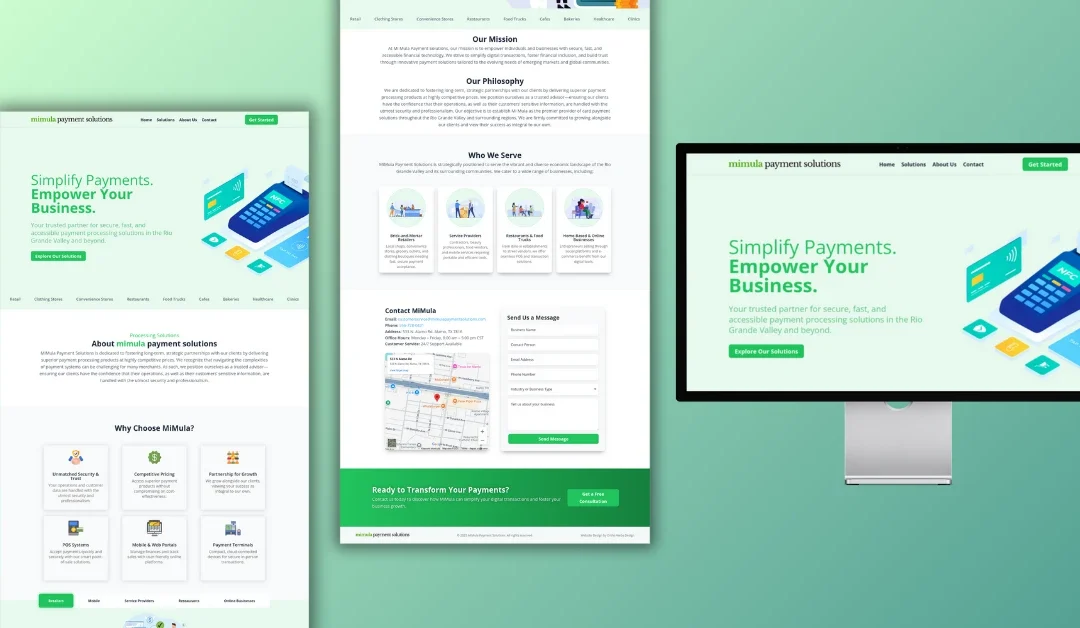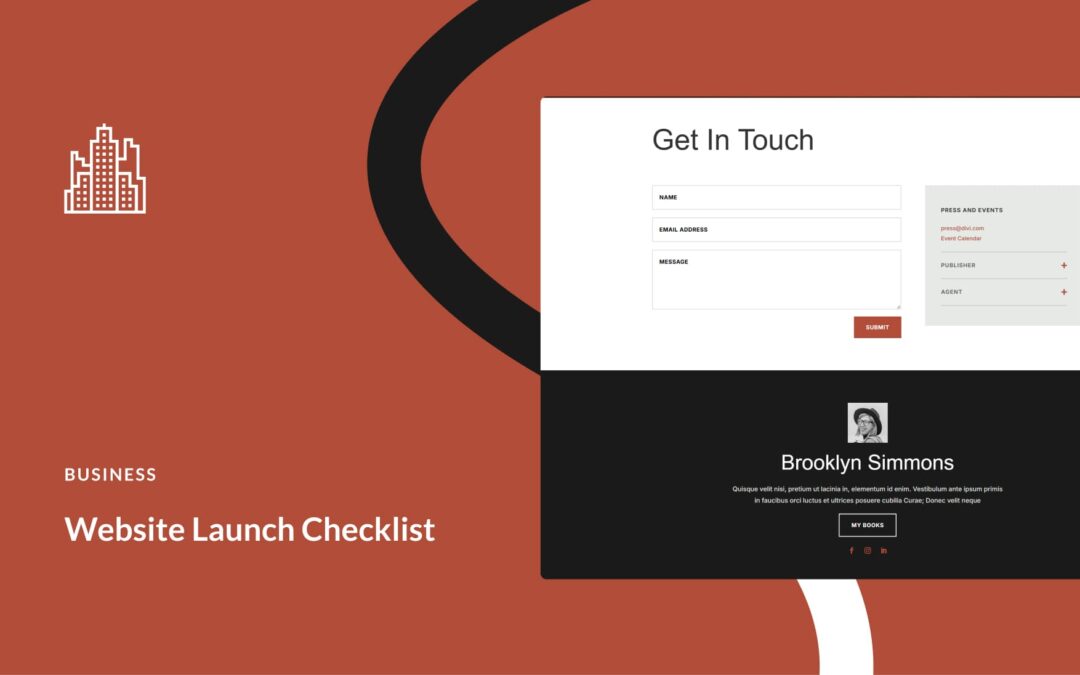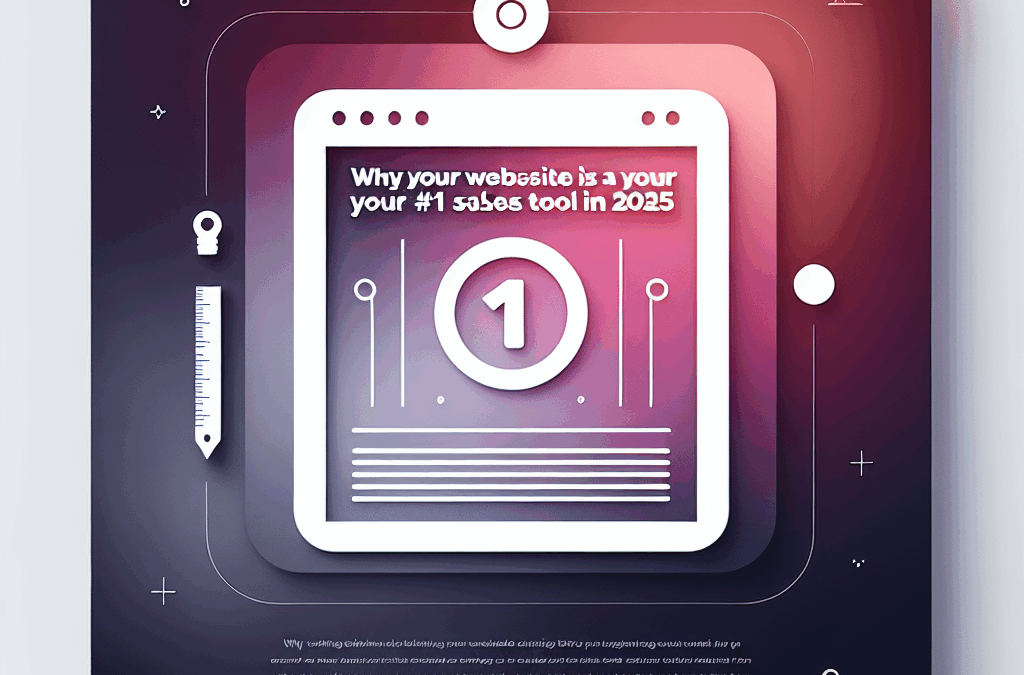Unlocking Email Engagement: The Power of Click-to-Open Rate
Ever felt like your emails just disappear into the abyss, never to be opened? You’re not alone. Many business owners, especially aquí en el Valle, are frustrated when their well-crafted emails barely get noticed. Imagine sending out a beautifully designed email, only for it to vanish in a cluttered inbox. That’s why understanding the metrics behind email performance is crucial, particularly in the realms of Marketing, Services, and AI.
Beyond Open Rates: Diving into the Click-to-Open Rate (CTOR)
Let’s break it down. For years, email marketers have focused on two main metrics: open rates and clickthrough rates. The open rate gives you a glimpse of how many recipients opened your email, shedding light on the effectiveness of your subject line. On the flip side, the clickthrough rate (CTR) reflects how many clicked links within the email.
But here’s the catch — a low open rate can toss your click-through numbers into the mud. Even if a good chunk of those who opened the email clicked through, that low initial percentage can skew your engagement analysis. What if I told you there’s a metric that cuts straight to the chase? Enter the click-to-open rate, or CTOR.
What’s the Big Deal About CTOR?
For us here at Ericks Web Design, we’ve embraced CTOR as our go-to engagement metric. Why? Because it provides clarity on how your message resonates with your audience. As Ari Echt-Wilson, a Conversational Marketing Manager at HubSpot, puts it, "The only people who see the message are the ones that open the email, so measuring clicks based on those who opened it makes perfect sense."
How to Calculate CTOR
Calculating your CTOR is simple. Divide the number of unique clicks by the number of unique opens and then multiply by 100. Voilà! That’s your CTOR.
Example: Let’s say you send an email to 1,000 subscribers. If 20 opened it and there were a total of 15 unique clicks, your calculation would be:
[
\text{(15/20) x 100 = 75%}
]
Sounds good, right? Just remember, don’t double-count anyone. If someone clicks more than once, count them as one unique click.
You might want to compare your CTOR to industry standards. According to a 2020 Campaign Monitor report, the average click-to-open rate across all sectors is 14.3%. In real estate and design, that average jumps to about 17.7%. Use these benchmarks to gauge how your own campaigns stack up.
CTR vs. CTOR: Which One Wins?
While clickthrough rates still hold value for getting the overall gist of your email campaigns, CTOR is where the real engagement clarity lies. Tova Miller, a Senior Marketing Manager, says it best: "If an email is never opened, it’s hard to understand how to improve engagement."
Jordan Pritikin, our Email and Growth Marketing Manager, adds, "I use clickthrough rates for a high-level overview. But for deeper insights, CTOR is my go-to." It’s essential to balance both.
Enhancing Your CTOR: Practical Tips
Ready to boost your CTOR? Here are some effective strategies you can implement right away.
1. Use Eye-Catching CTA Buttons
A catchy email doesn’t just stop at captivating copy. You need compelling calls-to-action (CTAs). Instead of lengthy text links like "click here for more info," try using buttons. Campaign Monitor found a 28% increase in conversions with buttons over text links.
Tips for Buttons:
- Keep prompts short and sweet: one to three words.
- Use action verbs: “discover,” “click,” “get started.”
- Position your CTA after presenting the offer.
Make your buttons stand out without overwhelming your design. If in doubt, try a quick squint test — make sure it grabs attention without clashing with your overall style.
2. Re-evaluate Your Offers
Sometimes the reason your CTOR is low lies in the fact that your audience isn’t digging your offers. Are you sending the same emails to leads and established customers?
You can tackle this by:
- Segmenting your email list: Tailor emails to specific groups to meet their unique interests.
- Sending out surveys: Ask your audience what offers excite them. You might discover a goldmine of untapped interests!
3. Stick to One CTA
While it can be tempting to include multiple CTAs, too many choices can lead to decision fatigue. Focus on one clear CTA to guide your readers toward that desired action. Test it out, modify as necessary, and track results.
Ready to Transform Your Email Game?
While email marketing may seem like a traditional avenue, it’s constantly evolving. With the right focus — particularly on CTOR — you can unveil insights that empower your outreach. By honing your email strategy, not only can you improve engagement, but you’ll also see better returns.
If you’re ready to up your email game or even need assistance revamping your website to support your marketing goals, let’s chat! Here at Ericks Web Design, we’re proud to be a trusted partner for local South Texas businesses. With our expertise in Web Design, SEO, and Smart Integrations, we’re here to help you shine.
So, what do you say? Hit us up — together, we’ll get those leads rolling in!










